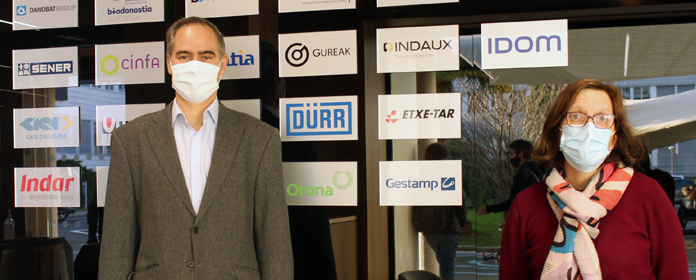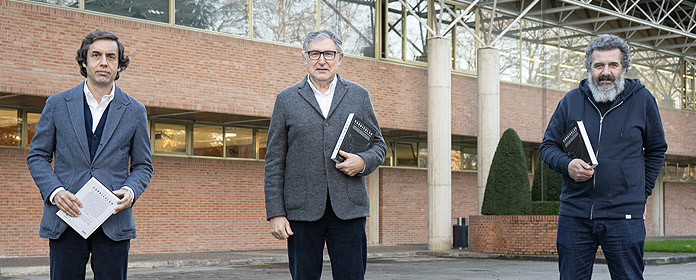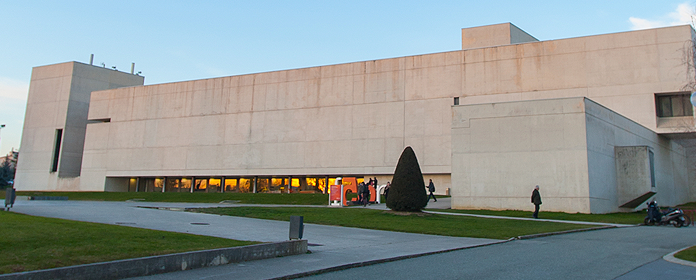From Pakistan to the University to study colloids in Biomedicine
Physicist Raheema M. Aslam has conducted a thesis focused on artificial colloids made of silica, plastic or iron.
The Pakistani physicist Raheema M. Aslam has studied at the department of Physics and Applied Mathematics of the University of Navarra the behavior of colloids, systems formed by a continuous part -like serum- and a dispersed part -very small particles, like white blood cells- that can have great applications in Biomedicine.
This researcher has focused on artificial colloids, composed of silica, plastic or iron, and the way they behave in different phases, as well as the dynamics of the transitions between these phases. "For example, when we go from liquid water to ice, or to water vapor, there is a phase transition. Or when we lower the temperature a lot, we can make some materials that are electrically insulating become superconducting. Hence the importance of knowing how to go from one phase to another and what possible applications can be obtained from these changes," explains Professor Wenceslao González-Viñas, who has directed this work within the doctorate program in Complex Systems.
The applications multiply if we consider that our environment is full of colloids. Milk, smoke, paints or blood behave like colloids. In his project Raheema also studied how the properties of these colloids are modified by subjecting them to a magnetic field and by including microscopic obstacles in them. Imagine, for example, the case of blood and what would happen if very small magnetic particles (nanoparticles) were added to it: "Since blood contains iron (hemoglobin), we could modify its viscosity as we wished. An increase in this property would serve, for example, to quickly cut off a hemorrhage," adds the professor.
A new, simpler and more economical techniqueThe Pakistani scientist has developed new, simpler and cheaper techniques at the University of Navarra to provide colloids with these new applications. "Although there is still a long way to go, in engineering there are already many known applications developed by knowing the behavior of colloids, such as photonic crystals or sensors. The fundamental idea is to achieve fast phase transitions that give as result Structures ordered and study what the application of magnetic fields brings", adds the researcher.
Although Professor González-Viñas warns that this work is of a fundamental nature, without a concrete application such as goal, it is essential to know the background of these phenomena in order to then find useful applications in engineering and medicine. "This goal is accomplished, as we now know much better the processes involved. And we have done so with very common materials, such as silica, the main component of common glass; carbonyl iron, which is used, among other things, to treat some types of anemia; or polystyrene, the component of "polystyrene", so present in everyday life", culminates the professor of department of Physics and Applied Mathematics.





